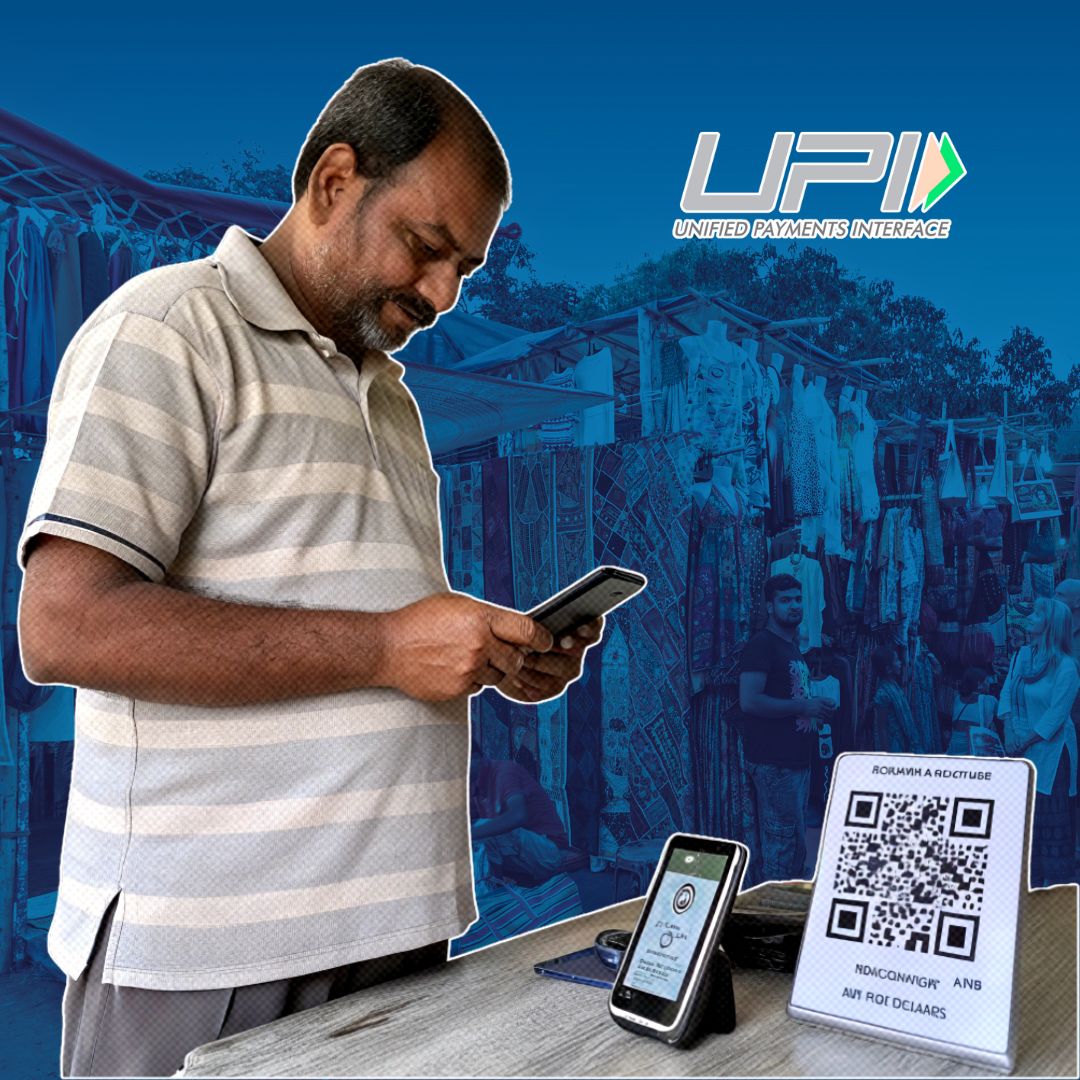Starting August 1, 2025, significant changes to India’s Unified Payments Interface (UPI) system will come into effect, as announced by the National Payments Corporation of India (NPCI). These reforms target the speed, security, and reliability of UPI transactions, an integral part of millions of Indians’ daily financial activities.
The updates are designed to address current operational challenges like infrastructure strain and security vulnerabilities, while fostering a more balanced digital payments ecosystem. UPI applications such as Google Pay, PhonePe, and Paytm—widely used platforms driving billions of transactions each month—will be directly impacted by the new regulations.
Daily Limit on Balance Enquiries
One of the main changes implemented by the NPCI is the introduction of a daily limit on balance enquiries. Users will now be able to check their account balance only 50 times per day per UPI app, constraining the number of balance-related queries processed by the system.
This measure comes as a response to infrastructure overload caused by excessive balance checks, which slow down payment processing and cause user inconvenience during peak hours. By capping balance enquiries, NPCI aims to reduce unnecessary system load and improve overall transaction speed and reliability.
Restrictions on Auto-Pay Transactions
Additionally, the NPCI has set restrictions on auto-pay transactions such as subscriptions, bills, and Systematic Investment Plans (SIPs). Previously, these recurring payments could be processed at any time, but starting August 1, auto-pay instructions will only be executed during non-peak hours, which are outside 10 AM to 1 PM and 5 PM to 9:30 PM.
These time restrictions are intended to alleviate congestion during the busiest transaction periods, thus smoothing the flow of other essential real-time payments. Officials also highlighted that this move would help curb potential misuse of auto-pay features during peak times, thereby securing customer interests.
Faster Transaction Status Updates
Beyond these two significant measures, NPCI is focusing on enhancing the speed at which users receive transaction status updates. Faster feedback on UPI transaction status will enable users and merchants alike to confirm payments quicker, cutting down waiting times and reducing confusion during peak periods.
NPCI spokespersons have reinforced their commitment to delivering a seamless and secure digital payment experience for millions across India.
Major UPI Changes Effective August 1, 2025
- Daily Balance Check Limit: Users can check their bank account balance up to 50 times per day per UPI app to reduce infrastructure overload.
- View Linked Bank Accounts Limit: Users can view their linked bank accounts up to 25 times per day per app, minimizing excessive API calls.
- AutoPay Timing Restrictions: Auto-pay transactions such as subscriptions and SIPs will be processed only during non-peak hours — before 10 AM, between 1 PM and 5 PM, and after 9:30 PM to prevent network congestion.
- Pending Transaction Status Check Limit: Users can check the status of pending or failed transactions only three times total, with a minimum 90-second gap between each check, easing server load.
- Mandatory Recipient Name Display: Recipient’s name must be displayed before every transaction to enhance security and prevent errors.
- No Change in Transaction Limits: Daily payment amount or transaction limits remain unaffected; only API usage and behaviour patterns are regulated.
- Pre-Sanctioned Credit Lines Integration: From August 31, 2025, UPI will allow linking pre-approved credit lines backed by assets like fixed deposits or gold, with specified transaction caps.
- API Usage Monitoring: Payment service providers and banks must monitor API request volumes and limit non-customer-initiated API calls during peak hours to protect system stability.
Background: Growth and Challenges of UPI
The background to these updates reflects the tremendous growth UPI has experienced since its launch. UPI has rapidly transformed India’s payment landscape by enabling quick, easy, and interoperable transactions from smartphones without the need for cash.
However, this surge in adoption has also led to challenges, notably system slowdowns during peak traffic and increasing attempts at fraud and misuse. The NPCI has taken steps before to tighten security, but this suite of measures is one of the most comprehensive to date, balancing system efficiency with consumer protection.
Ensuring Fair Competition and Innovation
Furthermore, the reforms are part of NPCI’s broader strategy to ensure a level playing field among digital payment players. Given the dominance of a few major players in the UPI market, regulators have shown interest in curbing monopolistic practices and encouraging fair competition.
By regulating transaction patterns and load balancing, NPCI’s new rules help maintain healthy competition, which benefits consumers and innovation alike.
The Logical Indian’s Perspective
From The Logical Indian’s perspective, these NPCI-driven reforms are a positive and necessary evolution in India’s digital payments sphere, aligning well with principles of inclusivity, security, and sustainability. While technological ease is crucial to digital adoption, ensuring user safety and infrastructure stability is equally important to maintain trust in these platforms.
The balance NPCI seeks to strike between innovation and safeguarding users reflects a mature approach to digital governance.











